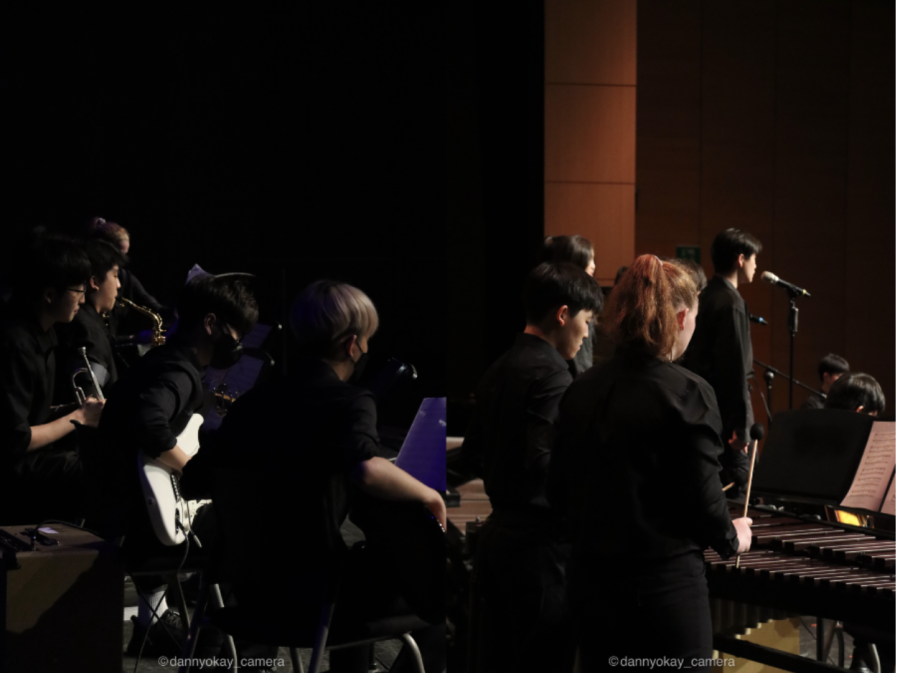
On August 8th, 2023, a devastating wildfire broke up in Maui, Hawaii, which is marked as the worst wildfire in modern US history in 105 years after the 1918 Minnesota wildfire. Until now, the death toll states that at least 106 people have died and the number will continue to rise as the search continues. Over 1,000 people are missing and the residents of the area that the Maui wildfire covered lost their jobs and dwellings in the blink of an eye.
What Exactly Happened?
Lahaina, Hawaii, a well-known place as a vacation spot for its vibrant environment, turned into ashes and appalled the world. Approximately 2,000 hectares (about 30,000 Chadwick International campuses) were burnt along different locations across Maui. An analysis of satellite imagery captured after the fires found 1,719 structures completely destroyed, including residential areas. If compared to the images before the incident, it is noticeable that all of the lively colors are gone and the area turned into a drab mixture of remains. The initial estimate on the economic tolls ranges from $3.5 billion to $7 billion, where most of it is due to property damage. For the residents in the area, as many as 10,000 jobs were lost due to the flames and unfortunately, many locals are missing their family members whether they are dead or missing.
How Did It Happen?
Officials are not clear about the exact cause of the flames, although there are some speculations being made. Experts say that the devastation happened due to the hybrid of strong winds from a storm near the islands, high temperatures, and drought conditions in the area. These three aspects played a big role in causing the blaze: Hurricane Dora, temperature, and drought condition.
Hurricane Dora
Before the incident, the island was on high alert for a Category 4 storm nearby: Hurricane Dora. Its closest approach was on August 8, 2023, the same day of the disaster. The direct effect of Hurricane Dora remains unclear and there is an ongoing debate on the matter. Phillippe Papin, a hurricane expert, suggests that it played a minor role due to its small wind field while other experts note that the tempest still formed a “very strong high-pressure system” leading to a possible contribution to the strong gale.
Temperatures
On the day of the fires, the temperatures were up to 90°F (about 32°C) which is enough to dry out the vegetation and make the area vulnerable. As suggested by Megan Varner, she points out that the presence of invasive grasses fueled the fires onward. Nonnative grasses for livestock significantly increased the risk due to their flammability.
Drought conditions
Maui was suffering through a period of worsening drought from June to August 2023. Much like the high temperatures, droughts dried up vegetation and made the land much inflammable. Furthermore, the characteristics of the vegetation in Maui, invasive shrubs and grasses that were highly fire-prone, added on to the calamity.
The specific causes of the tragedy are obscure, yet the focus has turned towards something else: Hawaiian Electric. The island’s biggest power utility company is being sued by the Lahaina residents to be liable for the wildfires. According to TIMES Magazine, the Lahaina residents “allege Hawaiian Electric’s equipment was not enough to withstand such fast winds, and the company should have shut down the power”. Ongoing research will soon be able to clarify the liabilities and direct factors.
What is the Main Takeaway?
In summary, the devastating wildfire that struck Lahaina, Hawaii, serves as a sour reminder of the destructive and the sudden effect that nature has that can severely impact communities. With its destructive powers, the Lahaina wildfire has left an unrecoverable scar on both the environment and the lives of the residents. The news of Lahaina, one of loss and devastation, must inspire an increase in dedication to safeguarding lives, efforts to preserve the irreplaceable beauty of our planet, and consideration of environmental issues around the world.
Works Cited
Burga, Solcyre. “Why the Maui Wildfires Were So Deadly.” Time, 15 August 2023, https://time.com/6305113/maui-wildfire-cause-hawaii/. Accessed 22 October 2023.
“Hawaii Fires: Satellite Images and Maps Show the Destruction from Maui’s Deadly Blaze – ABC News.” ABC News, 18 Aug. 2023, www.abc.net.au/news/2023-08-19/maui-fire-destruction-revealed-by-satellite-images/102748592. Accessed 22 Oct. 2023.
“Hawaii wildfires timeline: The hours that brought Lahaina to ruins.” CNN, 18 August 2023, https://www.cnn.com/interactive/2023/08/hawaii-wildfires-timeline-maui-lahaina-dg/index.html. Accessed 22 October 2023.
Knutson, Jacob. “Hawai’i Braces for Crushing Wildfire Death Toll with over 1,000 Missing.” Axios, Axios, 16 Aug. 2023, www.axios.com/2023/08/16/maui-wildfire-death-toll-missing. Accessed 22 Oct. 2023.
Newneek. “미국 하와이 산불 원인.” 뉴닉, 17 August 2023, https://newneek.co/post/AjN2w9. Accessed 22 October 2023.
Rafferty, John P. “Maui wildfires of 2023 | Causes, Damage, Death, & Facts.” Britannica, 8 August 2023, https://www.britannica.com/event/Maui-wildfires-of-2023. Accessed 22 October 2023.
Revell, Eric. “Deadly Maui wildfires inflict multibillion-dollar blow to Hawaii’s economy.” Fox Business, 16 August 2023, https://www.foxbusiness.com/economy/deadly-maui-wildfires-inflict-multibillion-dollar-blow-hawaiis-economy. Accessed 22 October 2023.
Sacks, Brianna. “Power lines likely caused Maui’s first reported fire, video and data show.” The Washington Post, 15 August 2023, https://www.washingtonpost.com/climate-environment/2023/08/15/maui-fires-power-line-cause/. Accessed 22 October 2023.
“Wildfire decimates Lahaina, once the capital of the Hawaiian Kingdom.” NBC News, 10 August 2023, https://www.nbcnews.com/news/asian-america/wildfire-decimates-lahaina-capital-hawaiian-kingdom-rcna99098. Accessed 20 September 2023.











